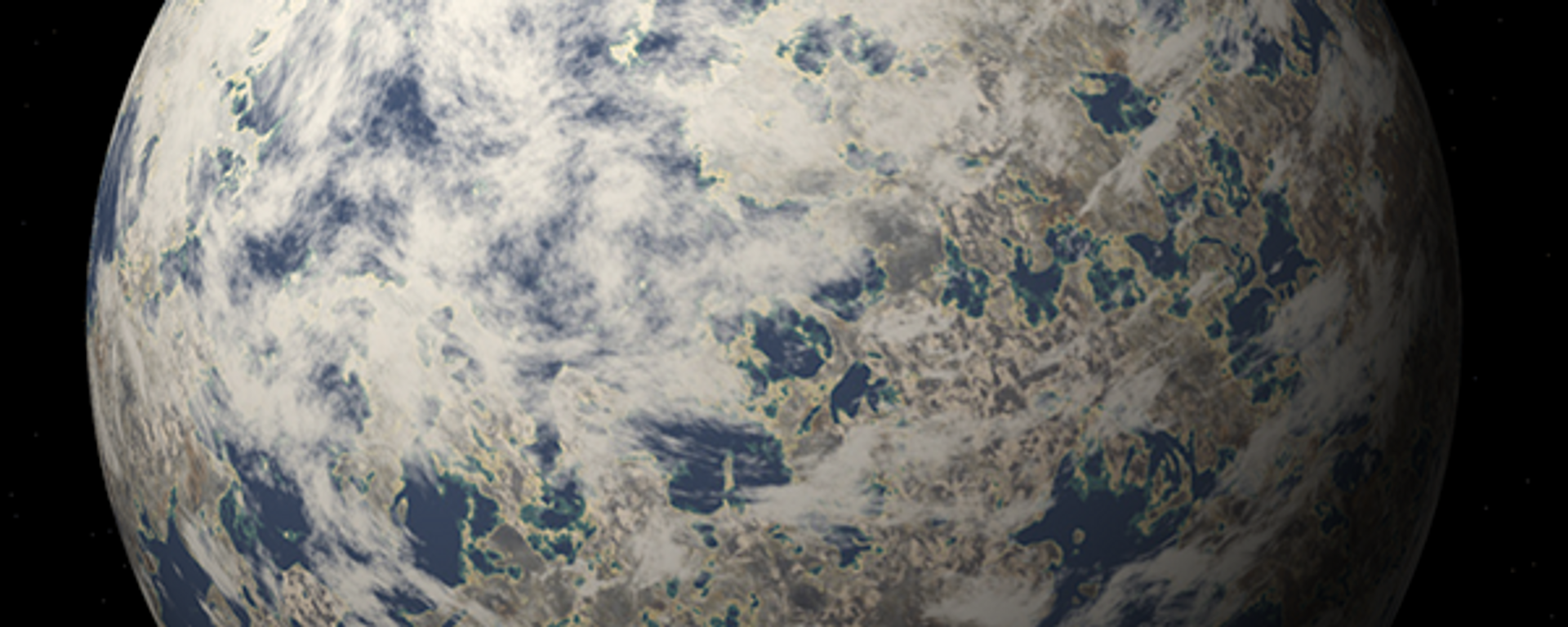https://sputniknews.in/20240108/will-lost-asteroid-hit-earth-in-2024-6127340.html
Will Lost Asteroid Hit Earth in 2024?
Will Lost Asteroid Hit Earth in 2024?
Sputnik India
In November last year, the lost asteroid FT 2007 made news that it may hit Earth in 2024. After this, social media and space enthusiasts talked about the asteroid and how our planet would be impacted if it struck.
2024-01-08T19:06+0530
2024-01-08T19:06+0530
2024-01-08T19:06+0530
science & tech
space satellite
space industry
international space station (iss)
space exploration
space rocket
natural disaster
death threats
science & tech
nasa
https://cdn1.img.sputniknews.in/img/07e7/0a/17/5028218_0:229:2829:1820_1920x0_80_0_0_04e7709290a1af448bed58fbb73a095c.jpg
Ending all speculations and concerns, the space agency, NASA said that a 54-million-tonne asteroid has a slight chance, 1 in 11.5 million, of hitting Earth on 5 October 2024.The space body was named a "lost asteroid" because astronomers haven't seen it since 2007, and its trail is thus unpredictable. NASA has predicted that the asteroid might hit Earth in October 2024 or 2030.The asteroid is 0.21 miles in size and 984 feet long, and if it hits Earth, it would cause massive regional damage, but not on a global catastrophe.It also said that from November 2022 to 30 November 2023, about 110 space bodies passed near Earth."An important note here is planetary scientists define asteroid approaches that come within 30 million miles of Earth's orbit as close approaches. The larger an asteroid is, the easier it is for our planetary defence experts to find, meaning that their orbits around the sun are usually very well-known and understood for years or even decades," NASA said.Space agencies are continuously tracking whether any impact could cause devastation to our planet. Scientists can predict the orbits of many space bodies up to 100 years in the future.
https://sputniknews.in/20231123/earth-gets-first-laser-message-from-deep-space-at-16-million-kilometre-distance-5542342.html
international space station (iss)
Sputnik India
feedback.hindi@sputniknews.com
+74956456601
MIA „Rossiya Segodnya“
2024
Deexa Khanduri
https://cdn1.img.sputniknews.in/img/07e6/0c/13/138923_52:0:533:481_100x100_80_0_0_cadf23d341691fc65ff2b22fd1afe584.jpg
Deexa Khanduri
https://cdn1.img.sputniknews.in/img/07e6/0c/13/138923_52:0:533:481_100x100_80_0_0_cadf23d341691fc65ff2b22fd1afe584.jpg
News
en_IN
Sputnik India
feedback.hindi@sputniknews.com
+74956456601
MIA „Rossiya Segodnya“
Sputnik India
feedback.hindi@sputniknews.com
+74956456601
MIA „Rossiya Segodnya“
Deexa Khanduri
https://cdn1.img.sputniknews.in/img/07e6/0c/13/138923_52:0:533:481_100x100_80_0_0_cadf23d341691fc65ff2b22fd1afe584.jpg
lost asteroid, asteroid to hit earth, can asteroid kill earth, near-earth asteroids, neas, short-period near-earth comets, necs, asteroid named 2007 ft3, deadly asteroids
lost asteroid, asteroid to hit earth, can asteroid kill earth, near-earth asteroids, neas, short-period near-earth comets, necs, asteroid named 2007 ft3, deadly asteroids
Will Lost Asteroid Hit Earth in 2024?
Deexa Khanduri
Sputnik correspondent
In November last year, the lost asteroid FT 2007 made news that it may hit Earth in 2024. After this, social media and space enthusiasts talked about the asteroid and how our planet would be impacted if it struck.
Ending all speculations and concerns, the space agency, NASA said that a 54-million-tonne asteroid has a slight chance, 1 in 11.5 million, of hitting Earth on 5 October 2024.
The space body was named a "
lost asteroid" because astronomers haven't seen it since 2007, and its trail is thus unpredictable.
NASA has predicted that the asteroid might hit Earth in October 2024 or 2030.
The asteroid is 0.21 miles in size and 984 feet long, and if it hits Earth, it would cause
massive regional damage, but not on a global catastrophe.
"There are no known asteroid impact threats to Earth at any time in the next century. NASA and its partners diligently watch the skies to find, track, and categorise asteroids and near-Earth objects (NEOs), including those who come close to Earth," the space agency clarified.
It also said that from November 2022 to 30 November 2023, about 110 space bodies passed near Earth.
"An important note here is planetary scientists define asteroid approaches that come within 30 million miles of Earth's orbit as close approaches. The larger an asteroid is, the easier it is for our planetary defence experts to find, meaning that
their orbits around the sun are usually very well-known and understood for years or even decades," NASA said.
Space agencies are continuously tracking whether any impact could cause devastation to our planet. Scientists can predict the orbits of many space bodies up to 100 years in the future.



